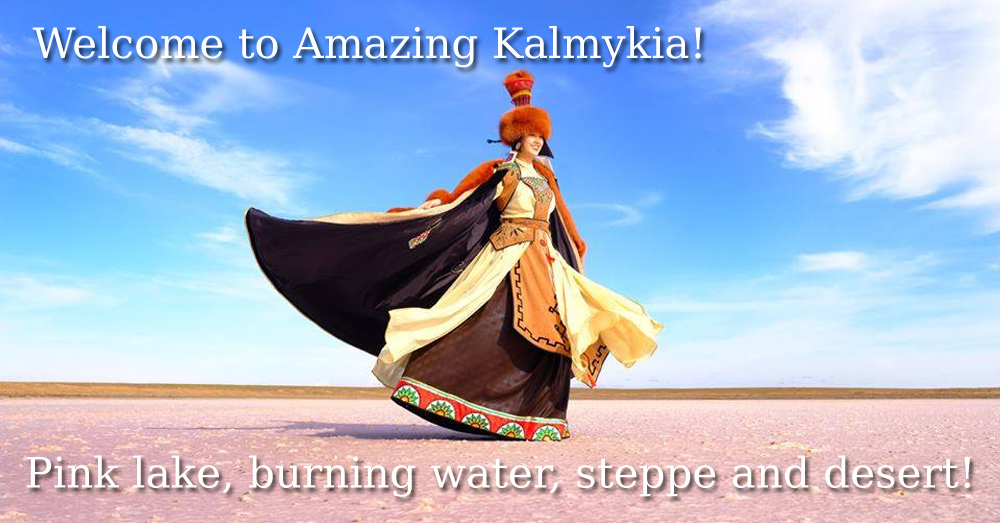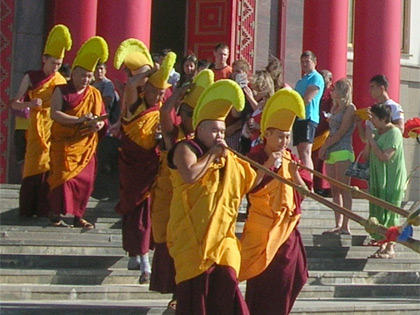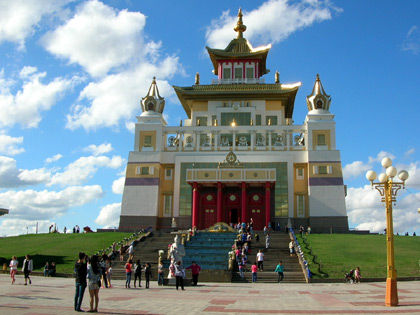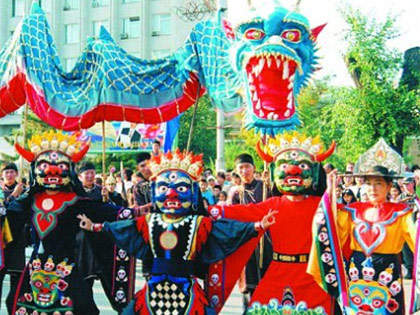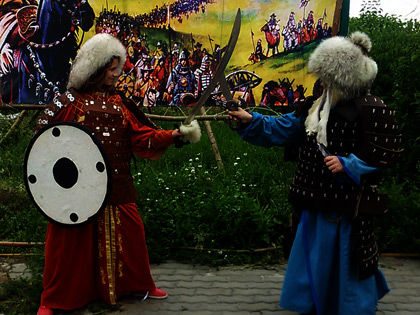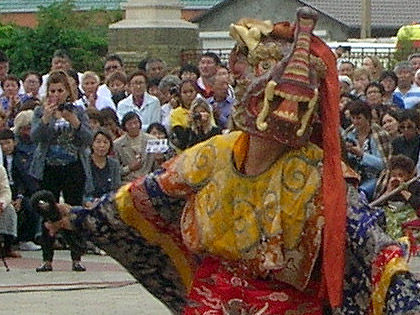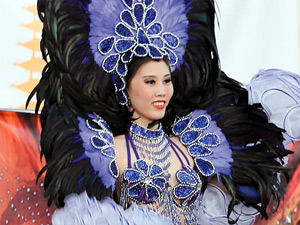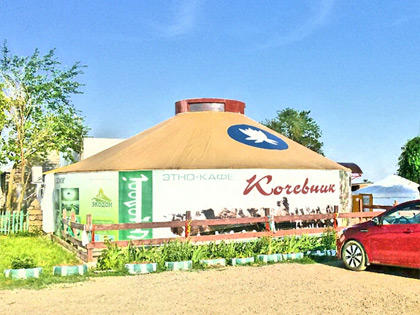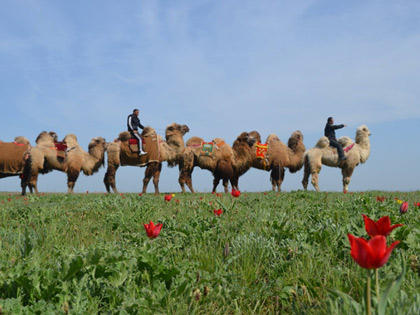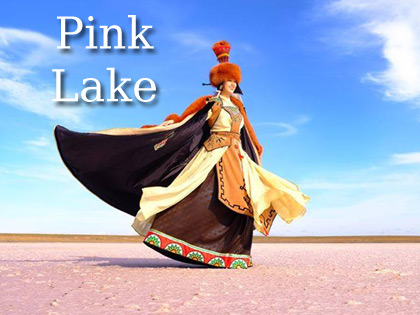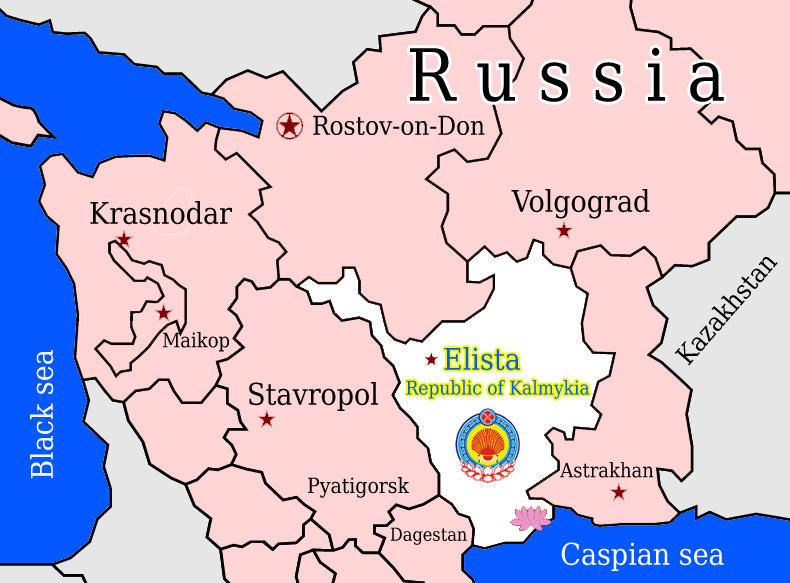The Kalmyk Language: Grammar and Vocabulary
The Kalmyk Language: Grammar, Vocabulary and Conversational Phrases
Kalmyk language – Part I – Grammar and Vocabulary
Pronouns
би i
чи you (sg)
эн (энтн) this
тер (тертн) that (the latter two can be used to mean he/she/it)
бидн we
та (тадн) you (pl)
эдн these
тедн those
Adverbs and Interrogatives
энд here
тенд there
альд (хама) where?
кен who?
ю what?
People/Kinship Terms
эцк father
эк mother
дү brother
эгч sister
аав (paternal) grandfather
ээҗ (paternal) grandmother
наһц-аав (maternal) grandfather
наһц-ээҗ (maternal) grandmother
көвүн boy
күүкн girl
Grammatical Rules
The genitive case is generally formed by the suffix -ин
тер аав – эцкин эцк. that is grandfather – father’s father.
Pronouns are exceptions: мини my
чини your
мана our
тана (тадна) your (plural)
эн > энүнә
тер > терүнә
эн мини дегтр this is my book
тер бичг энүнә that is his letter
locative case is -д (sometimes -т):
школ school – школд at school
эн кемб? who is that?
эн юмб? what is that?
эдн кемб? who are they?
эдн эгч, дү хойр. they are a sister and a brother.
эдн альд? where are they?
эдн энд. they are here.
эдн тенд. they are there.
эдн школд. they are at school.
“and” can be expressed in two ways:
with the word хойр (literally “two”) after the second noun
эдн эгч, дү хойр.
or with the word болн
эн санл болн кеемә this is sanl and keema (personal names)
The Kalmyk noun has nine grammatical cases:
1. Nominative Case – indicating the subject of the verb.
2. Genitive Case – indicating possession.
3. Dative-Locative Case – indicating an indirect object, or place, or time.
4. Accusative Case – indicating the direct object (recipient) of a verb.
5. Instrumental Case – indicating the means by which an action is performed.
6. Comitative Case – indicating togetherness.
7. Sociative Case – indicating accompaniment in action.
8. Ablative Case – indicating movement away.
9. Directional Case –indicating the direction the action will go.
Example:
1. Хальмг күн – Kalmyk person
2. Хальмг күүнә – belonging to Kalmyk person
3. Хальмг күүнд – (to give) to Kalmyk person
4. Хальмг күүниг – (to see, to meet) Kalmyk person
5. Хальмг күүнәр – (made by) Kalmyk person
6. Хальмг күүнлә – with Kalmyk person
7. Хальмг күүнтә – along with Kalmyk person
8. Хальмг күүнәс – from Kalmyk person
9. Хальмг күүнүр – to the house of Kalmyk person
* * *
Kalmyk Language – Part II Conversational Phrases
Incredible Kalmykia in Facebook
Incredible Kalmykia in Photogallery
